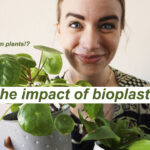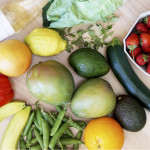Over 18 trillion pounds of plastic have been produced to date, and 18 billion pounds of plastic flow into our oceans every year. Our relationship with plastic deeply affects marine life, ecosystems all around the globe, and there are even microplastic in your body right now. Since I started my zero waste journey over 5 years ago, I have spent hundreds of hours looking for alternatives to plastic in order to become more sustainable, and during the last couple of years bioplastics, compostable plastic and plant based-plastics have become increasingly popular. But are they actually better?
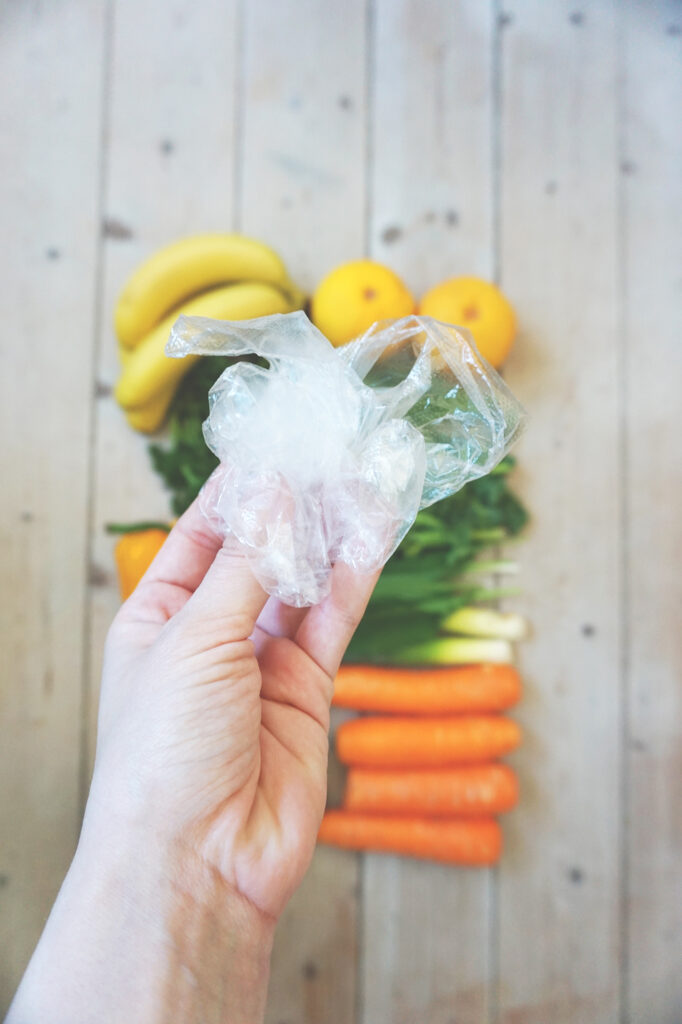
Also watch // THE IMPACT OF GLASS
Production
The bioplastic industry has an annual turnover of more than 2 trillion euros and accounts for 22 million jobs in the EU. However, compared to the conventional plastic industry, only 1% of the global consumption of plastic comes from bioplastics. But what is bioplastic? Bioplastic refers to plastic products that are made from plants or organic materials rather than petroleum. It’s made through the extraction of sugar from plants like corn or sugarcane and converted into PLAs (polylactic acids) or it’s engineered from microorganisms into PHAs (polyhydroxyalkanoates).
Usage:
Because plastic has been getting a bad rep, bioplastics have become a substitute that many companies, stores, and consumers are welcoming. Although only a small percentage of plastics are replaced by bioplastics, it’s only becoming more and more visible on the market. Today, the most common products that have had a change of material are disposables like straws, plastic bags, food packaging, to-go coffee cups, etc. These products were previously criticized for being unnecessary for most consumers, but can now they can be found in bioplastic material instead. The effect is often that consumers will feel less bad about using disposables because they now come in a plastic-free source, however, the impact of these products is still extremely crucial.
Recycling:
This is a short overview of the life cycle of bioplastics:
- The building blocks: like cellulose, starch, sugar, oils, etc. and biopolymers containing biogenic carbon taken from the atmosphere are turned into a bio-based plastic using chemistry (huh, yeah that was all I was able to gather) and biotechnological processes.
- The bio-based plastics: that come out of this process have different properties, some are compostable, some a recyclable, etc. it depends on their building blocks and how they are mixed together. These products are used for a wide range of purposes, some are disposable while others have longer lifespans.
- Mechanical recycling: is what can happen to your bioplastic when you’re done with it. It means that the materials are turned into new raw material without changing the basic structure of the material. In this process, some products are turned into new products to be sold again.
- Organic recycling: another option for disposal is organic recycling, here energy is recovered from the material through a process, which is more or less the same as composting, but on a larger scale and in a facility with a controlled environment.
- Renewable resources: the biomass from organic recycling can be used as an input for the production of new building blocks. The CO2, and compost, from the biomass, can be used for plant growth that can then again be extracted for the production of new building blocks.
This model is called the Life Cycle Assessment, or LCA for short, and it shows how bioplastics in theory, and ideally can be treated in a circular loop. However, even European Bioplastics state that the model does not realistically depict the impact and life circle of every single piece of bioplastic. There are tons of parameters that affect the impact of these products like what type of bioplastic is used, what raw materials are used, the production of them, the conversion technology, means of transport and the recovery and recycling facilities and systems that are available when the product is discarded. They also take into account that the model does actually not include any information about how older bioplastic reacts in this system and thus is primarily dependent upon new bioplastics.
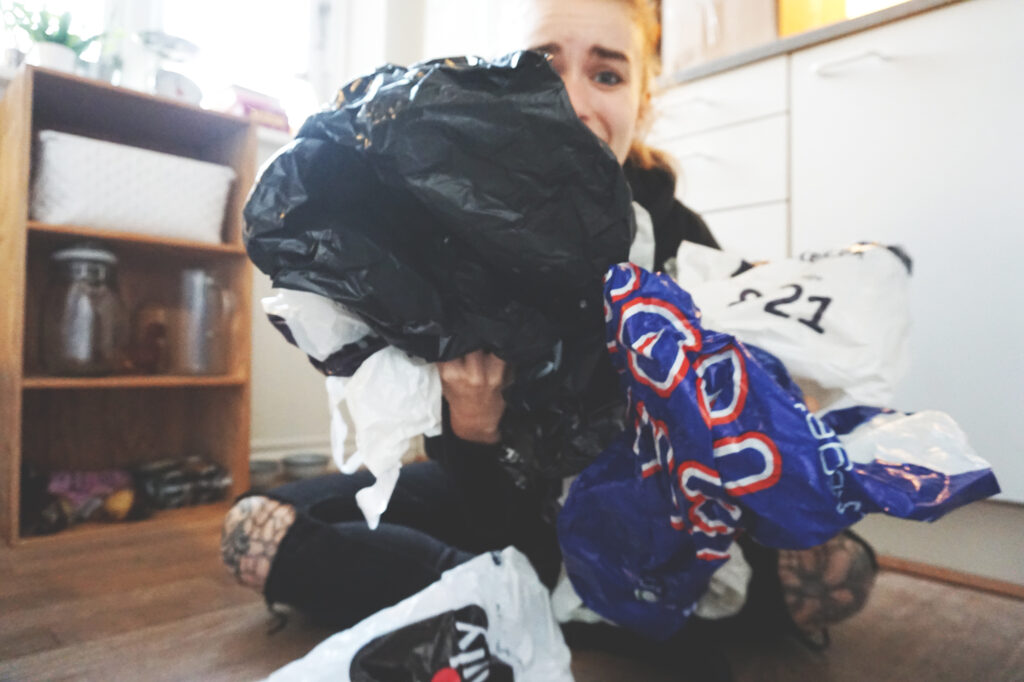
Also watch // THE IMPACT OF ALUMINIUM
Bioplastic vs plastic
The sustainable element of bioplastic is often referred to in the context of CO2 and greenhouse gas emissions. About 8% of all oil extracted globally is used to make plastic. During the process of extracting fossil materials from the ground greenhouse gasses are released, CO2 but also methane, which is 25 times more potent than CO2. When petroleum-based plastic “degrades” it also releases CO2. A bio-based plastic product will also release CO2 once it degrades, however, because it’s made from plant fibers, the CO2 it releases is equivalent to the amount that the plant captured while it was growing. Like so, bioplastic tends to have a lower carbon footprint. According to European Bioplastics, substituting the annual European demand for normal plastic (PE) with bio-based plastic would save more than 42 million tons of CO2 (which is equivalent to 10 million flights around the world every single year)
However, there are other factors we must take into account. Using land for growing plants for plastic production when it could have been used for food is ultimately disregarding a pressing issue of poverty and hunger. This is something that especially concerns me if we double up on bioplastic disposables. Your starch-based to-go coffee cup is just not more important than someone’s dinner.
On the other hand, the production of bioplastic can take place all over the world, whereas petroleum-based plastic production is limited to a few regions. Therefore, bioplastics could open up possibilities of jobs and decreasing poverty in areas that desperately need it.
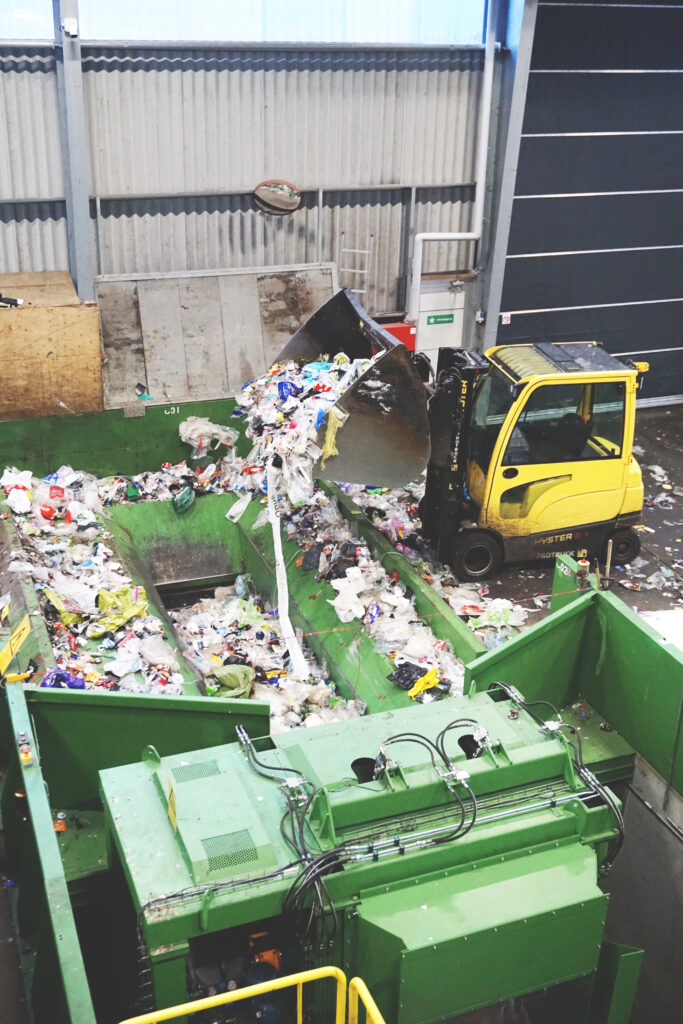
Also watch // THE IMPACT OF PALM OIL
But at least the recycling of bioplastics is better than normal plastic, right? Well, bioplastic needs to break down through organic recycling, which means that it’ll need an industrial compost. Industrial composts break down biomass through high temperatures before they can be turned into new materials. If that does not happen, the lifespan of a lot of bioplastics is completely the same as normal plastic. If it goes to landfill it won’t compost there, and if it is left in nature it won’t break down. It will degrade into microplastics, which can last for decades and infiltrate ecosystems, animals, and humans.
Many of the statistics regarding the impact of bioplastic only regard products that are made from 100% bioplastic, however many products, especially disposables, are made from a mix of petroleum-based plastic and plant-based plastic. When that is the case the product becomes unrecyclable, because it is a mixed material, as a result, it will either end up in landfill or at a waste-to-energy incinerator plant, just like most normal plastic (only about 9-13% of plastic is globally recycled).
The biggest issue when talking about bioplastic and whether or not they are better than normal plastic is the fact that the term “bioplastic” covers a huge range of products that are as different as night and day. Where some bioplastics are made from 100% plant fiber and completely able to break down in a normal compost bin, others are mixed with plastic and have close to the same impact as normal plastic. You could argue that the mix of plastics is even worse than 100% normal plastic because at least you’re able to recycle parts of that, that race is lost on these mixed products.
I have been to countless shops and restaurants and talked to countless people about refusing all kinds of plastic, even the plant-based kinds. If I ask for no straw for my drink, it is often returned with an “Oh don’t worry, they are made from compostable plastic” I then proceed to ask if the establishment has a compost bin available, to which the reply is “no”. This is the case for most establishments, and it speaks to one of the primary issues with bioplastics. Namely that the idea is there, and on many levels it’s good. However, the systems to make sure that it is realized are nowhere near established yet. What is the purpose of compostable plastic if you cannot compost it? Psssst. If you through compostable plastic in the landfill, it won’t ever degrade because landfills lack air and soil. Landfills are tombs for trash.
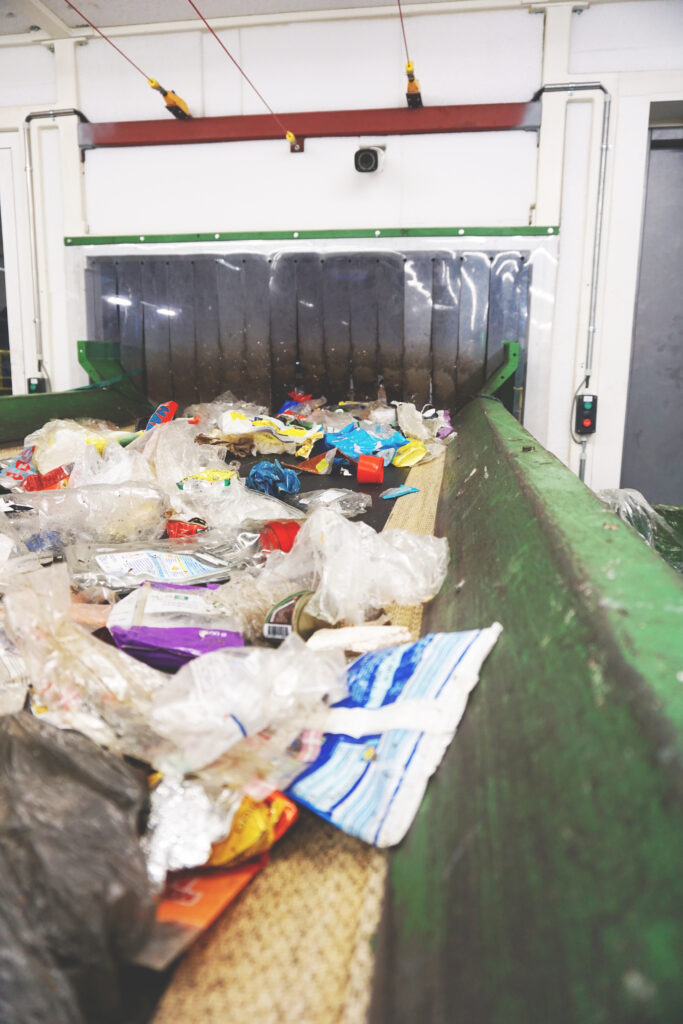
Also watch // THE IMPACT OF PAPER
In my opinion, it is still much better to avoid bioplastic, especially as single-use products, because we as consumers can seldom be certain that the product is broken down. You can try and compost some bioplastics yourself and see if it works. You can be lucky, but so far I’ve only had 2 things actually compost as it promises. If the premise for sustainability is building hundreds of new recycling facilities rather than just avoiding unnecessary waste, then I don’t think it can be considered a perfect solution. I hope we are going to see positive development in this industry in the future because I think it’s important to recognize that the world we’ve built cannot function without a material like plastic, we just need to improve the sources and production of that product. Zero Waste has never been more difficult than during this pandemic, and this has been an eye-opener to many people, including me, that a disposable product is not always unnecessary, it can save my life or someone else’s life. I hope going forward that we will see improvements in the bioplastics industry, less mixed materials, more possibilities for organic recycling and more facilities for reuse and refill. Again, the idea is good, and generally, bioplastic has a lower carbon footprint, but it’s still mostly in theory and we need to make sure that the development of these plastic alternatives continues.
Also watch // THE IMPACT OF THE INTERNET

